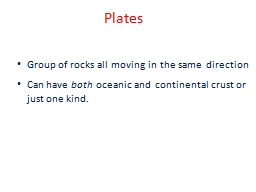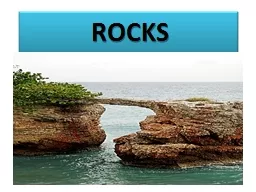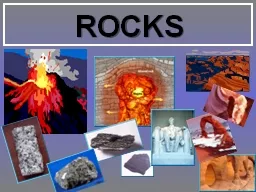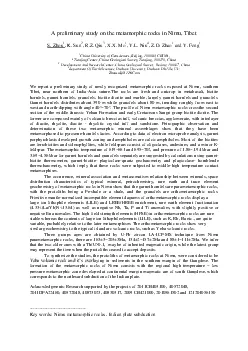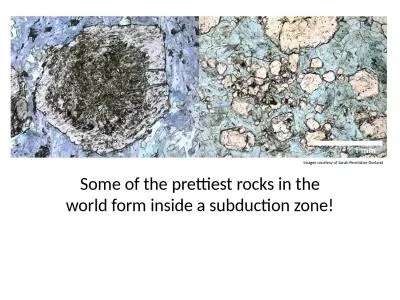PPT-Plates Group of rocks all moving in the same direction
Author : felicity | Published Date : 2023-09-25
Can have both oceanic and continental crust or just one kind Three Types of Plate Boundaries Transform Divergent Convergent Divergent Margin Basin A distinctive
Presentation Embed Code
Download Presentation
Download Presentation The PPT/PDF document "Plates Group of rocks all moving in the ..." is the property of its rightful owner. Permission is granted to download and print the materials on this website for personal, non-commercial use only, and to display it on your personal computer provided you do not modify the materials and that you retain all copyright notices contained in the materials. By downloading content from our website, you accept the terms of this agreement.
Plates Group of rocks all moving in the same direction: Transcript
Download Rules Of Document
"Plates Group of rocks all moving in the same direction"The content belongs to its owner. You may download and print it for personal use, without modification, and keep all copyright notices. By downloading, you agree to these terms.
Related Documents

